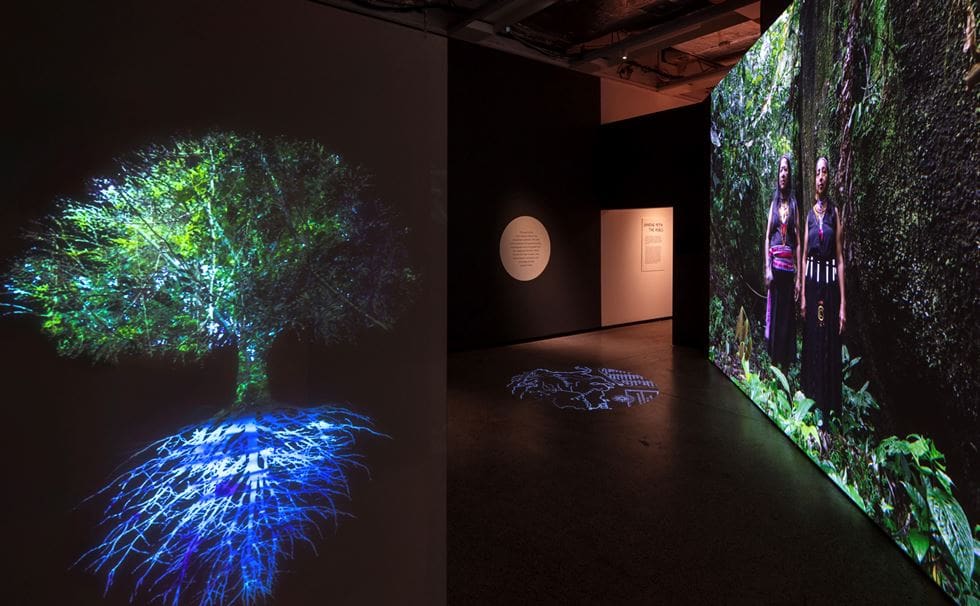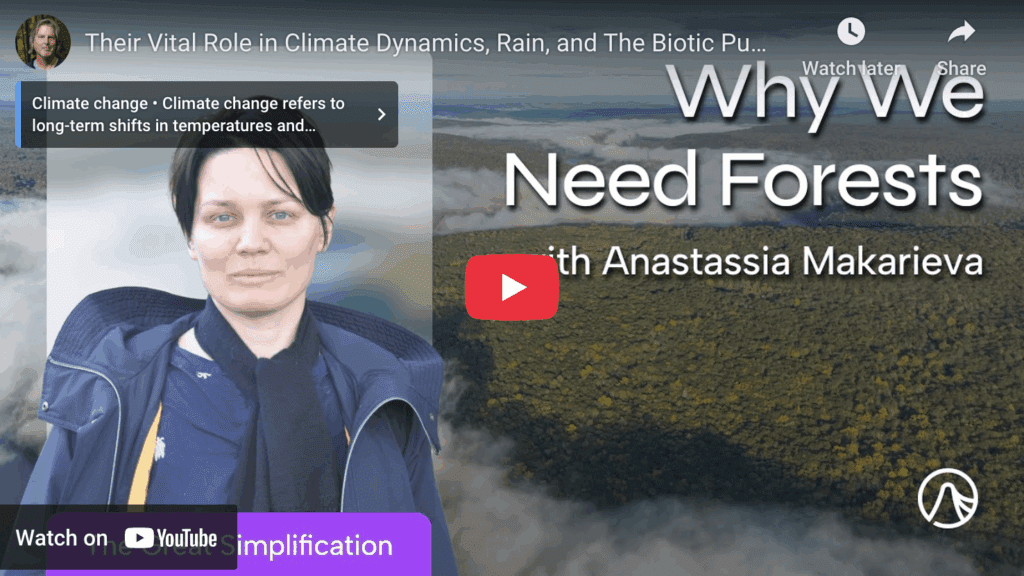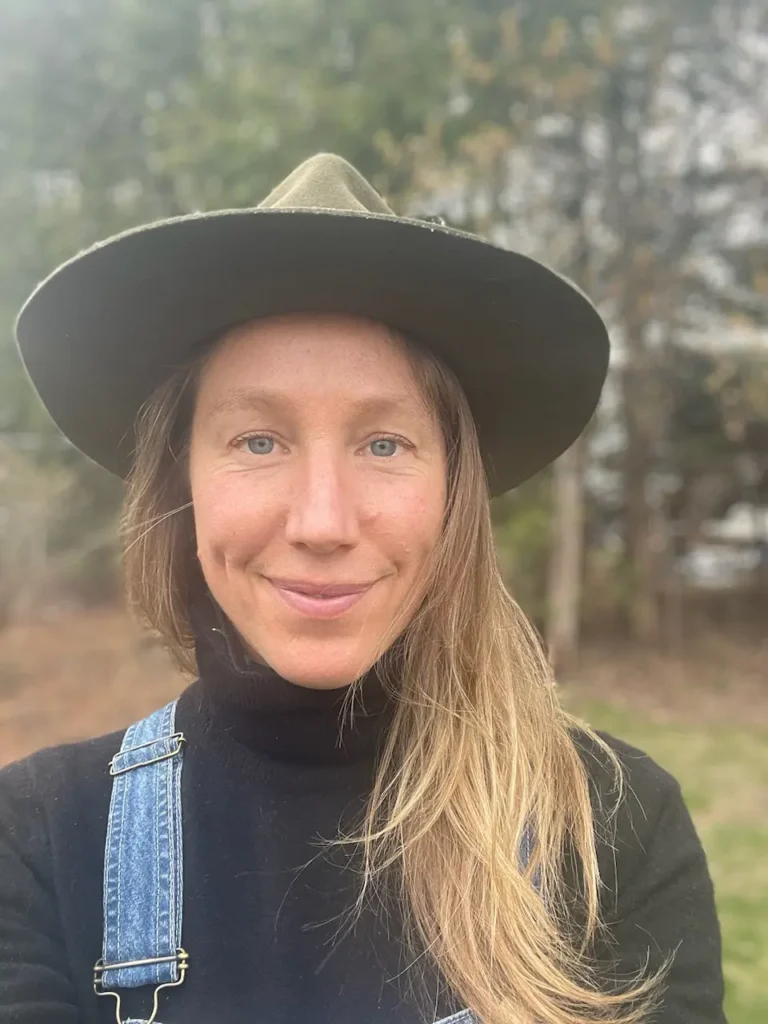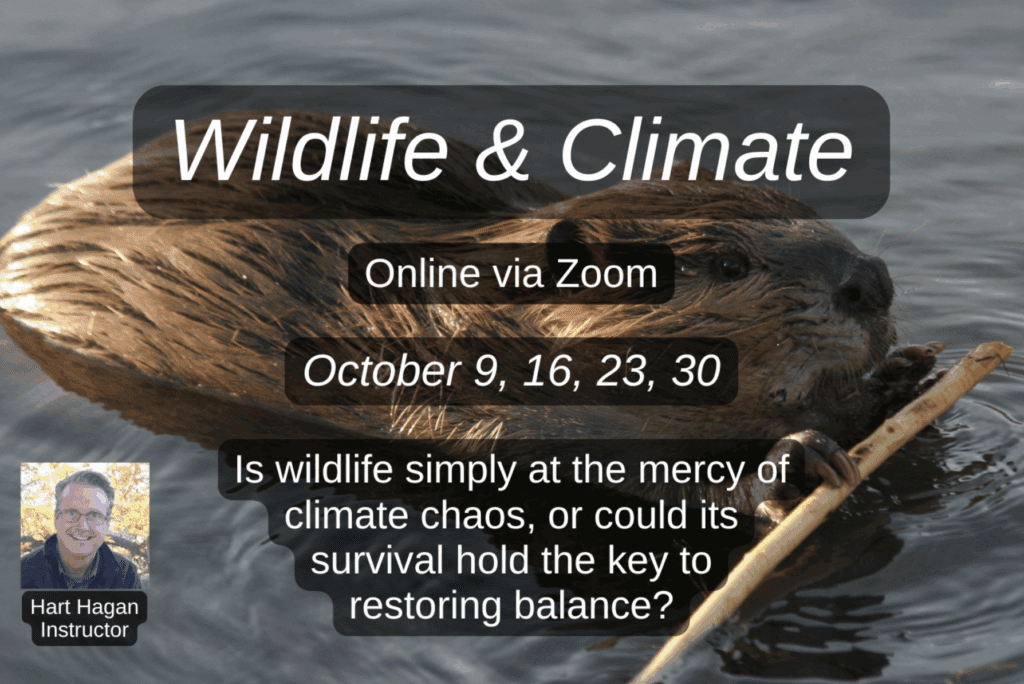What creature taught humans to make paper, builds with mud and can pollinate a flower inside a fruit?
Wasps!

Alvesgaspar (CC BY-SA 3.0 via Wikimedia Commons)
When creatures possess a defense mechanism capable of hurting us (like a sting), we categorize them as ‘dangerous.’ When they look differently than we do, we categorize them as ‘strange,’ and when they get attracted to man-made cities or agricultural fields due to the buffet of food we lay out for them, we categorize them as a ‘nuisance.’ When it comes to wasps, we call them all the above.
Whenever a creature has a negative reputation, people wonder, “Why do we even need them? Can’t we just get rid of them?” It’s a painful reminder of the Ego mindset, the one that sets us above other species. But if we take a moment to learn about other creatures, especially the ones we consider “pests,” we soon move towards an Eco mindset. We begin to realize that all species are important for balancing Earth’s ecosystems, and that each individual brings something unique and irreplaceable to this planet. When we embody the Eco mindset, we no longer see humans as dominant, but as equal participants in nature’s systems.
Wide Range
The term ‘wasps’ includes a variety of species that are generally separated by their behavior (and not all of them are yellow and black – in fact, only about 1% of wasps sport those colors). Social wasps, such as yellowjackets and hornets, live in colonies with hierarchies similar to bees and ants while solitary wasps, such as potter wasps, do not. Social wasps start a new colony every spring. Each colony begins with a queen, and she will raise a few worker wasps to enlarge the nest and bring food. Once the nest is spacious enough, the queen will lay eggs, and by the end of the summer there will be thousands of colony members. Throughout autumn, all wasps will perish except for a few new queens. Over the winter, this new set of royalty will find shelter in a fallen log or an abandoned burrow, and when spring returns they will venture out to create new colonies.
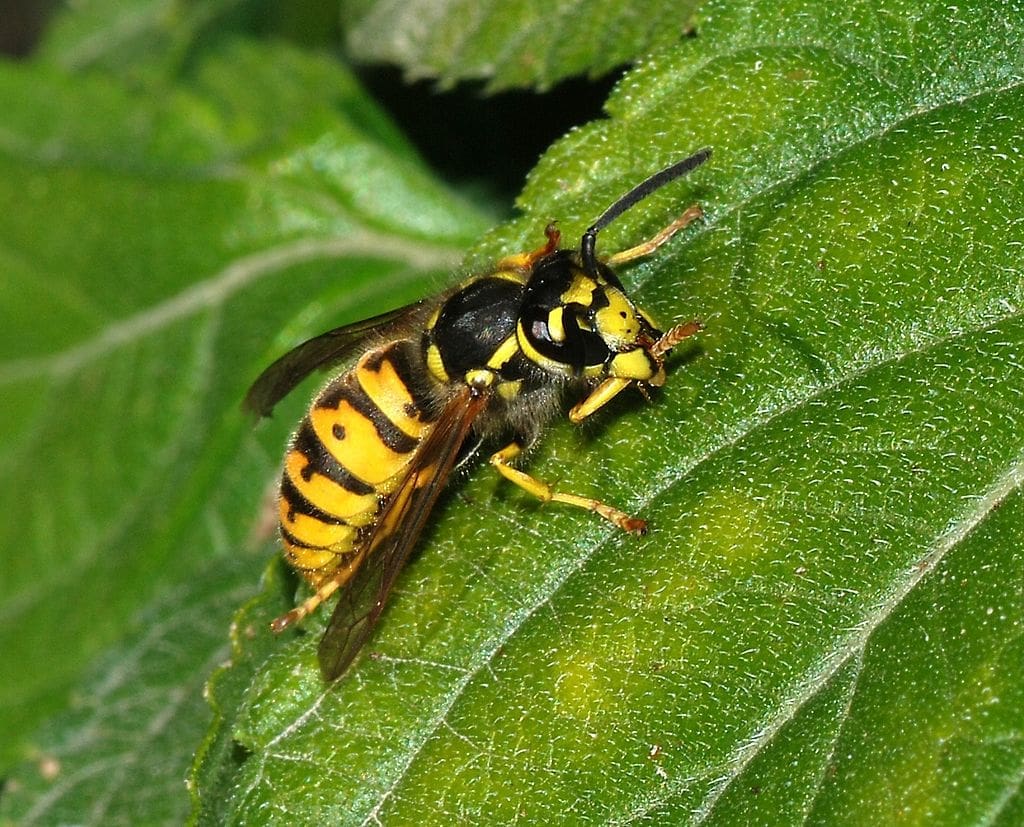
Alvesgaspar (CC BY-SA 3.0 via Wikimedia Commons)
Wonderful Architects
Wasps, unlike honeybees, cannot produce wax. To build nests, most species create a paper-like material out of wood pulp and shape the material into cells perfect for rearing. The manufacturing process involves gathering wood fibers from strips of bark, softening the wood by chewing and mixing it with saliva, and spitting it back out to form the cells. Some species, like Potter Wasps, prefer to design nests from mud.
Theory has it that 2,000 years ago, a Chinese official named Cai Lun invented our modern use of paper after watching wasps build a nest in his garden. So next time you read a book, write a note, or receive one of our letters in the mail, you can thank wasps for their ingenious skills!
Although many of us may not enjoy having a wasp nest in or near our home, it’s best to leave them alone when possible. Remember that a colony only lasts for a season, and once the wasps leave you can remove the remaining nest. If you need more convincing for leaving wasp nests intact, keep reading to learn how these creatures contribute to the environment.
Work-oriented
Despite the lack of recognition, wasps contribute to man-made gardens and agricultural fields by eating other ‘pests,’ or insects, that harm crops. Their wide-ranging diet and wide geographical range (they exist on every continent except Antarctica) means they contribute to human food sources worldwide. Wasps eat flies and grasshoppers, and will feed aphids to their growing larvae. Some also eat nectar, making them pollinators. Around the world, many farmers consider them essential for their food-production methods. When it comes to food security, we can thank wasps for looking after our crops.
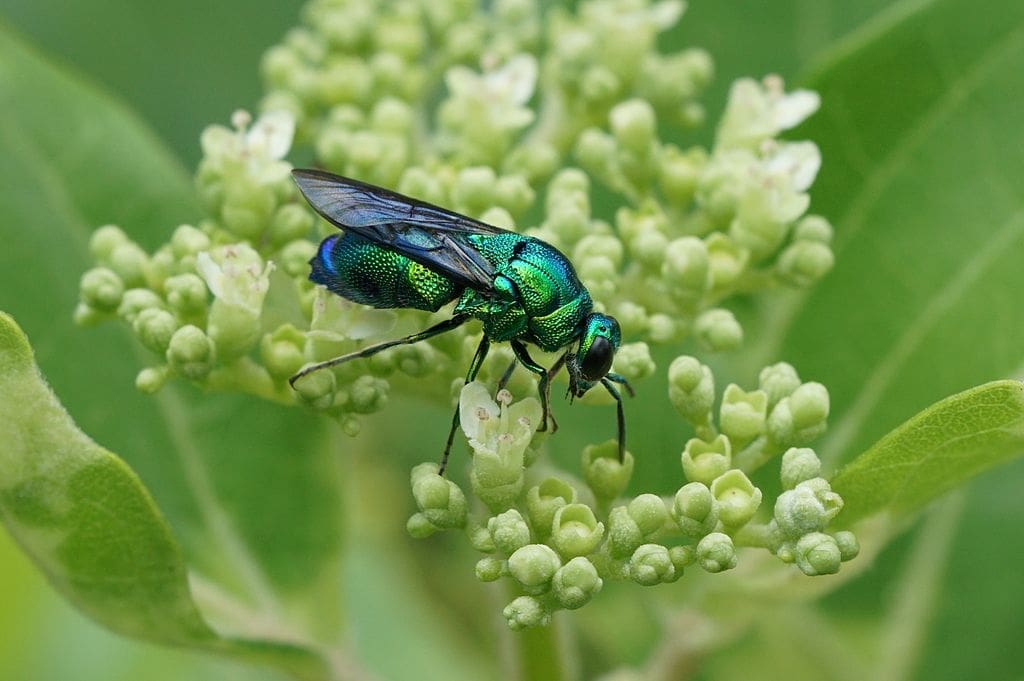
Vengolis (CC BY-SA 4.0 via Wikimedia Commons)
Well-balanced
I recently had my first fig, grown organically without any pesticides or chemical fertilizers, ever. It was delicious, and when I asked the manager of Sarvodaya Farm for another, we began to discuss the important role of wasps in fig reproduction.
Although figs are considered a fruit, they are actually an inverted flower. The fig blooms inside the pod, rather than outside, and so it relies on insect pollination to reproduce. It takes a special pollinator to crawl through a small opening and into the fig’s pod to bring the flower its much-needed pollen. Wasps like to lay their eggs in cavities, so they developed a mutually beneficial (or symbiotic) relationship with fig trees. Wasps get a home protected from predators to raise their young, and figs get to reproduce.
Some species of wasps have developed a similar mutualistic relationship with orchids. The extinction of wasps would not only be detrimental for figs, orchids, and other plants that rely on insect eaters or pollinators, it would also be tragic for the many organisms that eat those plants (which, as a new fig fanatic, now includes me).
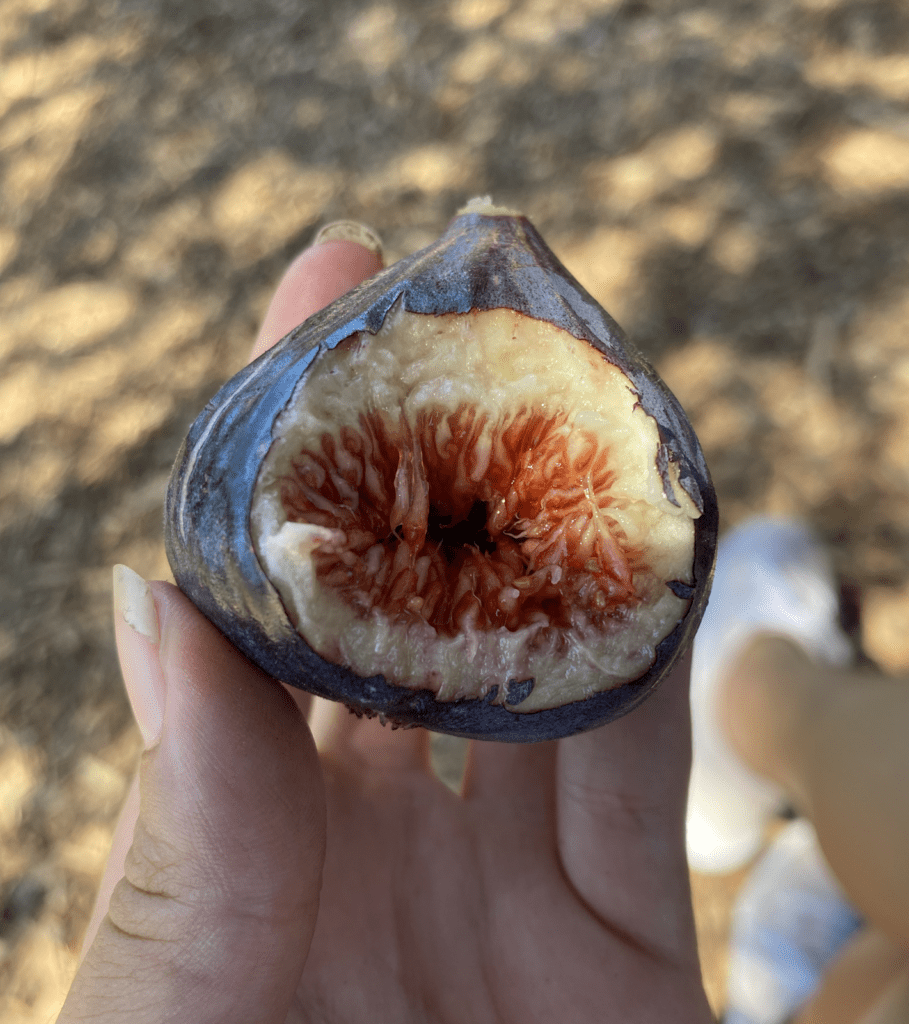
Warriors of disease
In case the invention of paper, crop protection, and pollination were still not enough to impress you, one species of wasp found in Brazil also produces a toxin in its venom that contains cancer-fighting properties. Even the substance that enables some wasps to kill larger prey contains healing properties.
By writing about creatures a lot of people see as ‘pests,’ I hope to do my part in speaking against the way we view and treat other animals. I also hope these stories encourage you to take the time to learn from our non-human neighbors. Cai Lun demonstrated the incredible tools we can design when we look to nature for inspiration, a practice known as biomimicry. The solutions are all around us, but it’s up to us to be still, inquisitive, and open-minded, and to let nature show off her magic.
Wishfully yours,
Tania
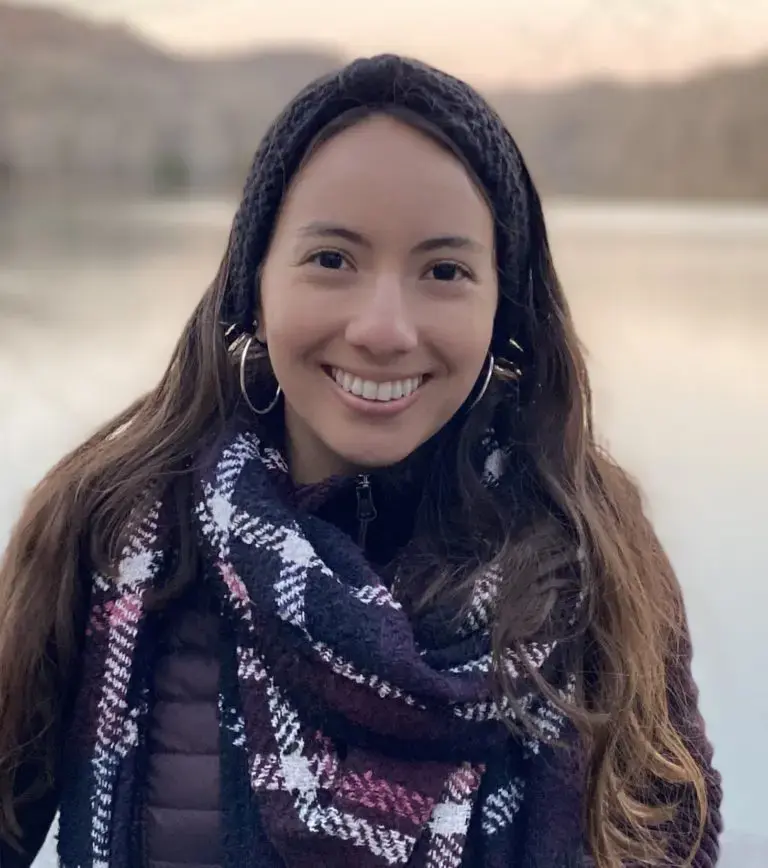
Tania graduated from Tufts University with a Master of Science in Animals and Public Policy. Her academic research projects focused on wildlife conservation efforts, and the impacts that human activities have on wild habitats. As a writer and activist, Tania emphasizes the connections between planet, human, and animal health. She is a co-founder of the podcast Closing the Gap, and works on outreach and communications for Sustainable Harvest International. She loves hiking, snorkeling, and advocating for social justice.

